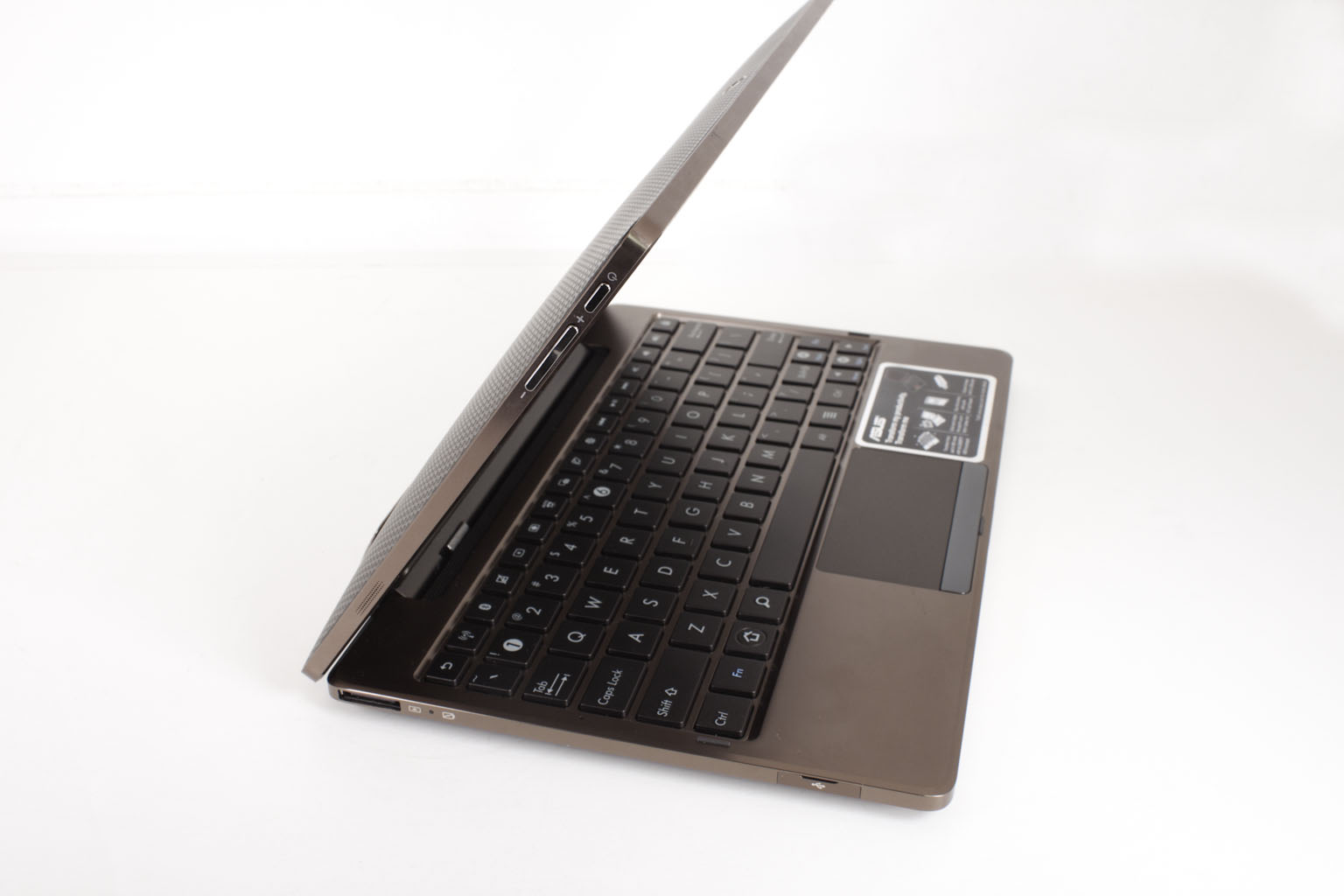Now the consumer electronics market (and the IT market) is looking down the barrels of the same gun. They are building products that are already obsolete before they hit the shelves. As a prime example, the Asus transformer was launched in January of 2011 and it is looking to be replaced already (less than a year after launch). This means that to “keep up” you are spending over $900 in a year. True nothing is saying you have to do this, but the implication and the marketing are that the original Transformer is now obsolete. The same thing is happening with Cell Phones and is even being encouraged by both the manufacturers and carriers. After you have had your phone for 18-24 months you can get a new one at the “new account” prices. This may soon change to every year just to keep the steady flow of upgrade income.
This forces companies to work inside ever increasing development cycles. In turn the products become less of an upgrade and more of a refresh. It is too expensive and time consuming to build a new phone with new technology and offer it to the market in the short time between refresh intervals. This represents about 90% of the new products on the market. They are often the same technology in a new wrapper (with minor differences in hardware and software), yet they are at the same price point.
The other 10% is even worse in terms of the consumer. These are when the hardware is improved, but the recycle time is just far too short for the market to accept it. This is the case with the Transformer Prime and the Quad-Core Tegra3. The hardware is improved and while the price is fair, it is too soon for people that just have purchased the “new” transformer. I have spoken with more than a few consumers who are looking into getting a tablet but are not sure if they should buy now or wait. They know that if they buy something like the iPad they should be good until at least April to June of 2012. This is not true for the Android market where Asus, Acer, and many others are launching new products to replace products that are less than a year old. This does not build consumer confidence it actually hurts the market.
I am not saying that companies should not innovate and build better products, but they should keep the market in mind as they create new hardware, at least give the current hardware time to age before you drop it and dangle something new in our faces…
Discuss this in our Forum
Obsolete before sale date... The fate of the Tablet.
Written by Sean KalinichReading time is around minutes.
 One of the issues in the modern consumer electronics market is of course competition, but it is not the biggest issue. No, believe it or not the biggest issue in the world of consumer electronics is the throw-away mentality for most consumers. Back in the 1950s this problem was visited on the car industry. The automobile makers (in the US) were pushing people to replace their car every two years (yea that is true). This caused many cars to become quickly outdated (in many cases long before their time was really up). By the mid to late 60s the trend had changed because people did not have the money for this and the banks were starting to tighten up on their lending practices. The automotive industry had to change tactics and started pushing longer last vehicles (with better trade in and resale values).
One of the issues in the modern consumer electronics market is of course competition, but it is not the biggest issue. No, believe it or not the biggest issue in the world of consumer electronics is the throw-away mentality for most consumers. Back in the 1950s this problem was visited on the car industry. The automobile makers (in the US) were pushing people to replace their car every two years (yea that is true). This caused many cars to become quickly outdated (in many cases long before their time was really up). By the mid to late 60s the trend had changed because people did not have the money for this and the banks were starting to tighten up on their lending practices. The automotive industry had to change tactics and started pushing longer last vehicles (with better trade in and resale values).
Latest from Sean Kalinich
- ConnectWise Slash and Grab Flaw Once Again Shows the Value of Input Validation We talk to Huntress About its Impact
- Social Manipulation as a Service – When the Bots on Twitter get their Check marks
- To Release or not to Release a PoC or OST That is the Question
- There was an Important Lesson Learned in the LockBit Takedown and it was Not About Threat Groups
- NetSPI’s Offensive Security Offering Leverages Subject Matter Experts to Enhance Pen Testing
Leave a comment
Make sure you enter all the required information, indicated by an asterisk (*). HTML code is not allowed.
